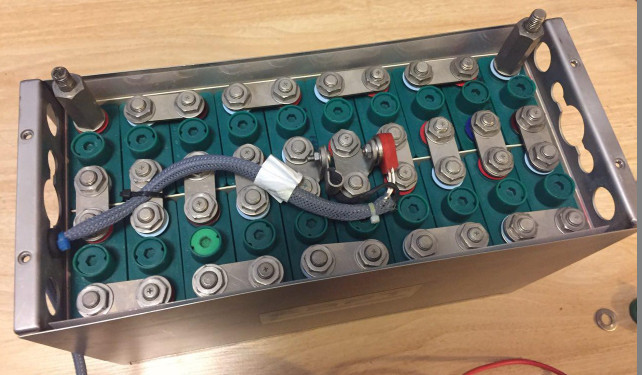Gill 242 – say 300 quid

Concorde RG24-15 – say 500 quid

NiCd battery – French SAFT, about USD 6500

All of the above are the same capacity – 15Ah.
Also NiCd charging is tricky because their internal impedance is so low so the charging current is very sensitive to the bus voltage. They are still charged from a constant voltage bus, which is quite wrong but has been the only practical way for years, till very recently.
A NiCad typically has a life span 4-5 times that of a lead-acid, and has a higher capacity per unit of volume than a lead-acid so a smaller/more compact battery can be used.
Incidentally, in your examples, the Concorde RG24-15 has a C1 rate of 13.6A/hr and the Saft (1606 as used in an AS355?) has a C1of 16A/hr so not directly comparable.
In many aircraft and helicopters the original NiCads have been replaced with sealed lead-acids on cost issues. However when high capacity is needed for emergency generator failure conditions NiCads still have their place.
Why would you want to use one? I did quite some conversion from NiCd to lead acid, as those operators would wanted to get rid of the risk of thermal runaway, monitoring temperature etc, higher maintenance cost, higher cost of replacement.
A bit of topic, in the NPA for the revision of CS-STAN there is also item on replacing batteries by LiFePO4 for use in gliders (small capacity / with electronics controller)
It is from an EC120

The thing is… I used to design chargers for this stuff and I know you cannot sensibly charge Nicads from a constant voltage bus. Their internal impedance is too low to safely regulate the charging current by themselves. One needs some element of constant current charging, or at least a safely current limited source.
The bit about much longer life is interesting. That could make them economical… almost 
It’s not for the TB20. My Q is out of curiosity.
Citations and King Airs used to be supplied with NiCd batteries, and there were procedures in the checklists for when they overheated. They also needed deep discharging every so often, which was time consuming unless you had a spare (expensive) battery.
These days the same aircraft are supplied with Lead Acid batteries. they don’t last as long but are cheaper, although in the NiCds it was possible to change a cell.
Surely, the entire overheating issue is caused by the inappropriate (constant voltage) charging method?
Peter wrote:
The bit about much longer life is interesting. That could make them economical… almost
They not only last longer but are almost indestructable. Also, for practical purposes they can’t freeze.
I’ve worked a lot with wet NiCd batteries used as power reserve in railway applications. They are placed in some poorly heated signal equipment rack somewhere along the line, permanently connected in parallell with the power supply with a voltage suitable for trickle charging. (As Peter writes, these batteries should really be charged with constand current.)
In one case we had a battery where all the electrolyte had evaporated over the period of a year due to incorrect bus voltage. We refilled with destilled water and made a capacity test. The battery still had 70% of nominal capacity after that treatment. Try that with a lead acid battery…
The tolerance for neglect, however, would not appear to be an advantageous feature for aircraft which mostly get looked at once a year maintained fairly well.
why, given the massive prices?
Because “the market will take it”? And/or because there are some around who believe more expensive stuff is better, so if it is much more expensive it will be much better?
Hmmm I don’t think so.
Maybe someone familiar with TP and jet aircraft systems might know the reasons.
One obvious reason is the low internal resistance (=high current capability) of NiCd; an advantage for starting, perhaps?